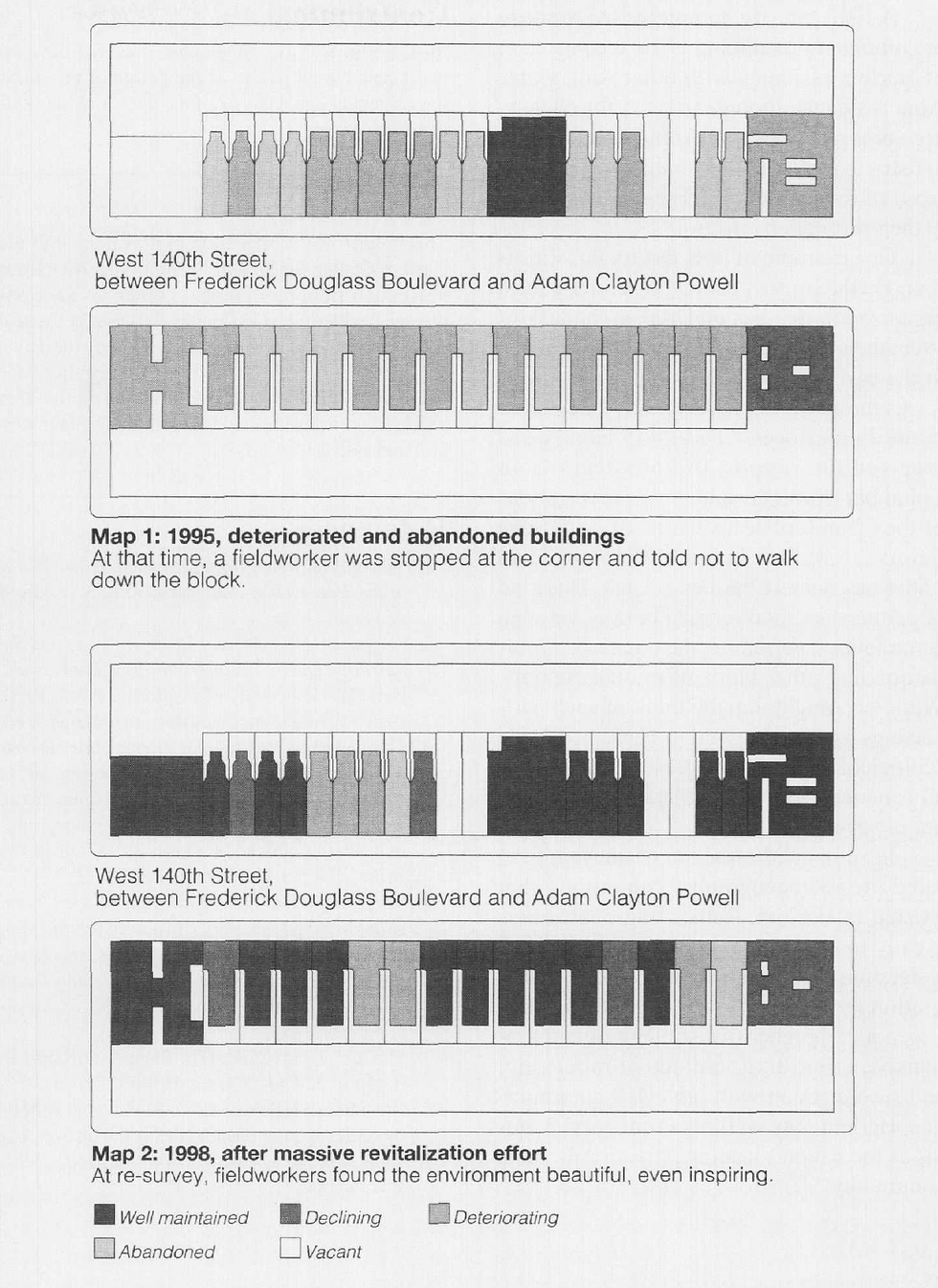Building Momentum: An Ethnographic Study of Inner-City Redevelopment
- Mindy Fullilove
- Jun 17, 2021
- 1 min read
Updated: Oct 22, 2021
This paper presents the results of 3 year study of families who moved into renovated housing in the Bradhurst neighborhood in Harlem.
AUTHORS: Mindy Thompson Fullilove, MD; Lesley Green, MPH; Robert E Fullilove III, EdD
PUBLICATION: American Journal of Public Health; Jun 1999.

ABSTRACT
Objectives. One factor contributing to the decay of inner-city areas, and to consequent excess mortality, is the massive loss of housing. This report studied the effects of a redevelopment project on social functioning in an inner-city community.
Methods. This ethnographic study included the following elements: a longitudinal study of 10 families living in renovated housing, repeated observations and photographing of the street scene, focus groups, and informal interviews with area residents. The project was located in the Bradhurst section of Harlem in New York City and was focused on a redevelopment effort sponsored by local congregations.
Results. Those who were able to move into newly renovated housing found that their living conditions were greatly improved. Neighborhood revitalization lagged behind the rehabilitation of individual apartment houses. This uneven redevelopment was a visual and sensory reminder of "what had been". Residents missed the warmth and social support that existed in Harlem before its decline.
Conclusions. Rebuilding damaged housing contributes greatly to the well-being of inner-city residents. The current pace and scope of rebuilding are insufficient to restore lost vitality.
Download Full Text Below
Comments